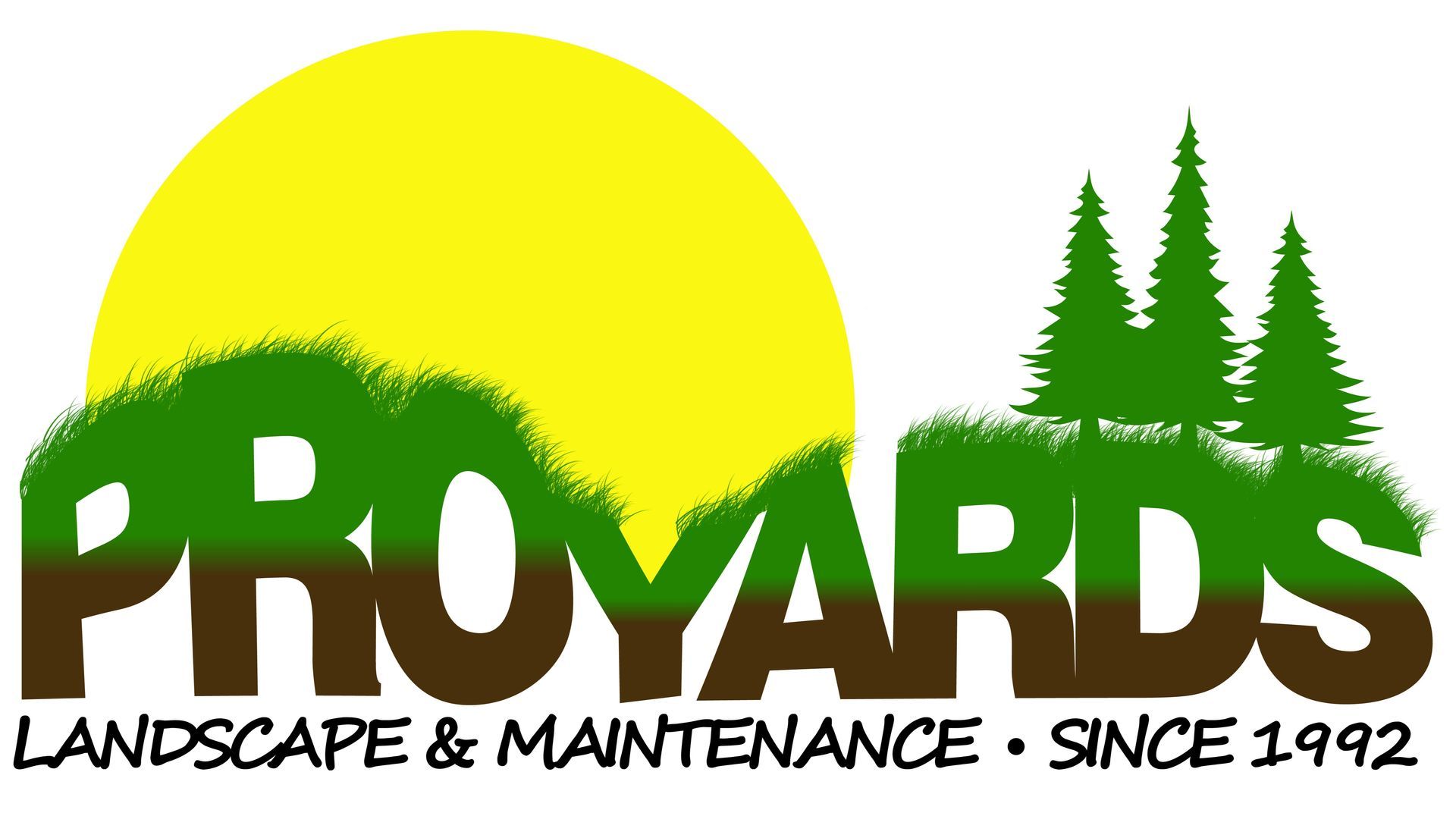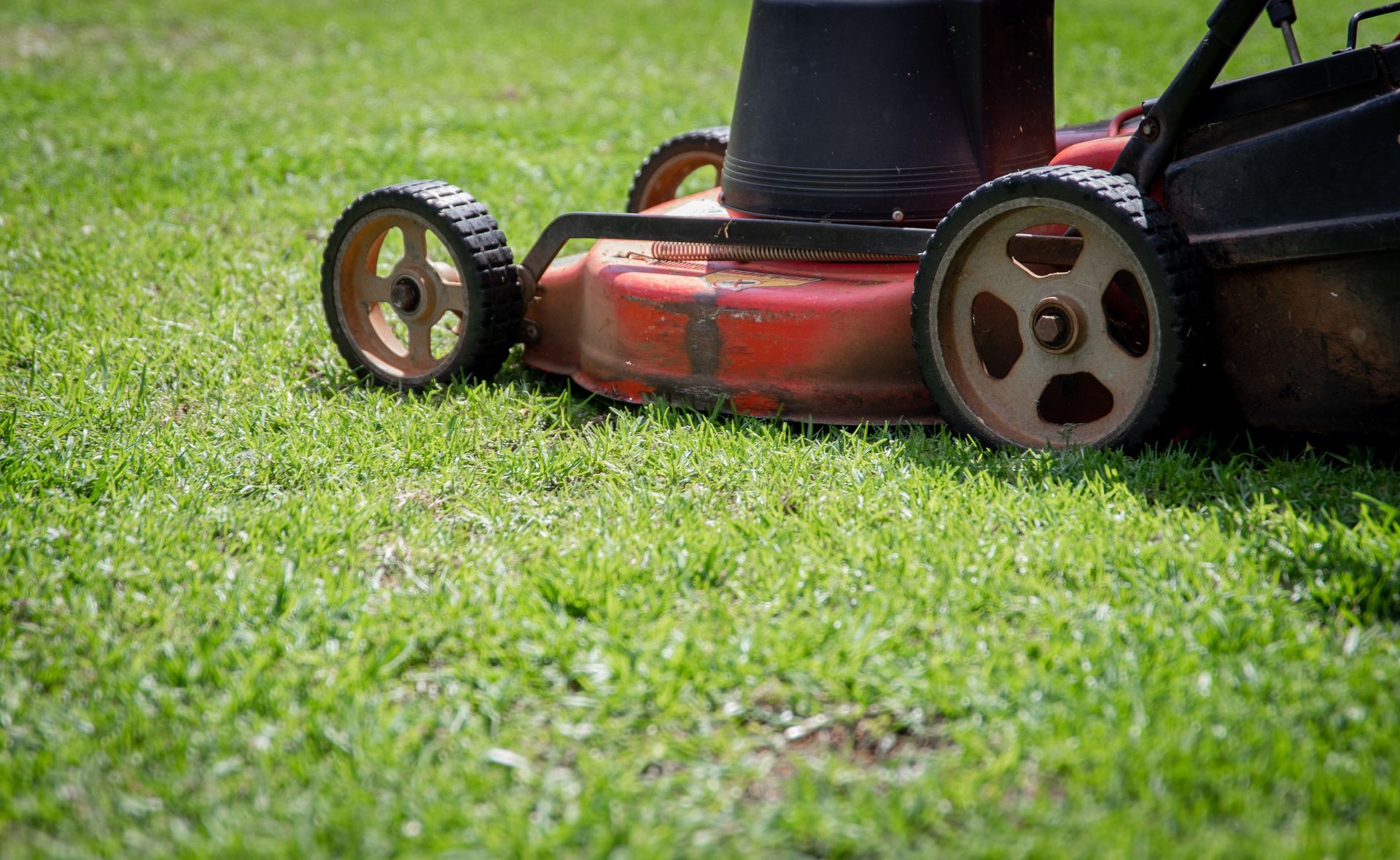Landscaping Mistakes to Avoid

Welcome to the ultimate guide on avoiding common landscaping mistakes! Whether you're a seasoned gardener or just starting to dip your toes into the world of outdoor beautification, this article is your go-to resource. Landscaping is much more than just planting your favorite flowers or setting up a few garden fixtures; it's about creating a cohesive, beautiful, and functional space that enhances your home's curb appeal and your own quality of life. Unfortunately, many dive into landscaping projects without proper planning, leading to costly and time-consuming errors. But fear not! We're here to walk you through the most common pitfalls and how to steer clear of them, ensuring your landscaping project blossoms into the garden of your dreams.
Setting a Budget
First things first: setting a budget. It might not be the most exciting part of landscaping, but it's certainly one of the most crucial. Without a clear budget, it's easy to get carried away, spending more than you can afford and possibly needing to cut corners in essential areas. Start by determining how much you're willing to invest in your landscaping project. Consider everything from plants and materials to labor costs if you're not going the DIY route. Remember, a well-planned budget is your best defense against overspending and can help guide your decisions throughout the project. Don't worry about sticking to a tight budget; creativity often thrives within constraints!
Considering Maintenance Requirements
Choosing plants simply because they catch your eye is a common trap. Before you know it, you could be waist-deep in maintenance tasks! To avoid this, prioritize low-maintenance plants, especially if you're not keen on spending your weekends gardening. Opt for native plants, which are more likely to thrive in your climate with minimal fuss, or consider artificial turf for areas of high foot traffic. Not only will this save you time and money in the long run, but it'll also ensure your garden stays lush with less effort.
Taking a Holistic Approach
A well-thought-out landscape is more than the sum of its parts. It requires a holistic approach, considering balance, size, color, texture, and scale. Your garden should feel like a natural extension of your home, with each element complementing the others. When planning, think about how different plants and structures will look together, and strive for a balance between variety and unity. This not only creates a more visually pleasing space but also ensures that your garden feels cohesive and intentionally designed.
Making the Design Functional
A beautiful garden that doesn't meet your lifestyle needs is like a beautiful pair of shoes that don't fit. Consider how you, your family, and pets will use the space. Do you need open areas for kids to play? Would you like a vegetable garden or a space for outdoor dining? Planning for functionality ensures that your landscaping not only looks good but also enhances your daily life. And don't forget to consider the future, including potential buyers if you plan to sell your home. A well-designed garden can be a significant selling point.
Proper Irrigation Planning
Water is the lifeblood of any garden, but inefficient watering can lead to wasted resources and unhappy plants. Investing in a proper irrigation system, including drip lines for targeted watering, can save you time and conserve water. Consider the needs of different zones in your garden—lawns, flower beds, and vegetable patches all have unique watering needs. A smart irrigation system can even adjust watering based on weather conditions, ensuring your garden gets exactly what it needs without excess.
Erosion Control
Erosion can turn a beautiful garden into a disaster area if not properly managed. It's not just about preserving the aesthetic appeal; it's also about protecting your property. Effective erosion control starts with good planning. Depending on your landscape's specific needs, this might mean incorporating retaining walls, planting ground cover plants that hold soil in place, or even regrading parts of your yard to ensure proper drainage. These measures can safeguard your garden against water damage and soil loss, ensuring its beauty and stability for years to come.
Planning for Privacy
Your outdoor space should be a sanctuary, not a fishbowl. Planning for privacy is crucial, especially in densely populated areas. Think beyond traditional fences; privacy can also be achieved with tall plants, trellises covered in climbing vines, or even strategically placed garden structures like pergolas or shade sails. These natural and architectural elements can shield your space from prying eyes while adding to its aesthetic appeal. Remember, the goal is to create a private retreat that feels both secluded and welcoming.
Accounting for Local Wildlife
While wildlife can add beauty and life to your garden, it's important to plan for its impact. If you're aiming to attract birds, butterflies, and beneficial insects, include plants and features that cater to their needs. On the other hand, if deer, rabbits, or other critters are a concern, you'll need to think about protective measures like fencing or choosing plants that are less appealing to these visitors. Balancing your desires with the realities of your local ecosystem can help you create a harmonious outdoor space that supports wildlife without letting it take over.
Poor Tree Placement, Planting, or Planning
Trees are a vital component of any landscape, offering shade, beauty, and even privacy. However, poor tree placement or selection can lead to major headaches down the line. Before planting, consider the mature size of the tree to avoid future issues with roots or branches interfering with structures, power lines, or other plants. Planting trees too deep or not giving them enough space to grow can also stunt their development or lead to disease. A little research and careful planning can prevent these common tree troubles.
Making Patios and Outdoor Living Areas Too Small
Outdoor living areas are extensions of your home's living space, but a common mistake is underestimating how much room you'll need. Whether it's a patio, deck, or other outdoor entertainment area, make sure it's spacious enough to comfortably accommodate your furniture, guests, and activities. Consider the flow of movement around seating areas and the placement of features like grills or fire pits. A well-sized outdoor living area can significantly enhance your enjoyment of your garden, providing ample space for relaxation and entertainment.
Overlooking Seasonal Changes
Gardens are living, changing spaces that evolve through the seasons. Planning your landscaping without considering seasonal changes can lead to a garden that looks fabulous in spring but lackluster the rest of the year. Incorporate a mix of plants that offer visual interest in different seasons—spring blooms, summer foliage, fall color, and even winter structure. This ensures your garden remains appealing year-round, with each season bringing its own unique beauty.
Ignoring Soil Health
Soil is the foundation of your garden. Neglecting soil health can limit plant growth and lead to a host of problems. Before planting, get to know your soil type and consider amending it with compost or other organic matter to improve its structure and nutrient content. Healthy soil supports healthy plants, reducing the need for chemical fertilizers and enhancing your garden's overall vitality.
Neglecting Hardscaping Balance
Hardscaping elements like walkways, walls, and patios add structure and function to your landscape but overdoing it or not integrating these elements with the living parts of your garden can lead to a cold, unwelcoming space. Aim for a balance that complements your plantings and fits the overall style of your garden. Thoughtful hardscaping can create a sense of harmony and flow, making your outdoor space more inviting and usable.
Overlooking Outdoor Lighting
Outdoor lighting extends the usability of your garden into the evening and adds a magical quality to the space. It's also an important safety feature, illuminating walkways and steps. From solar-powered garden lights to LED landscape fixtures, there are options to suit every style and need. Well-placed lighting can highlight garden features, create ambiance, and enhance the security of your home.
Failing to Plan for Growth and Space
Plants grow—sometimes more than you anticipate. Failing to account for the mature size of plants can lead to overcrowded beds, blocked windows, and a cluttered look. When planning your garden, give plants enough space to spread out and reach their full size. This not only helps them thrive but also reduces maintenance as you won't need to prune as aggressively to keep everything in check.
Conclusion
Avoiding these common landscaping mistakes requires a bit of planning, research, and foresight, but the payoff is a beautiful, functional, and sustainable outdoor space. Remember, the best landscapes evolve over time, adapting to the needs of their owners and the changing environment. With these tips in mind, you're well on your way to creating a garden that not only looks great but also enriches your life in countless ways. Happy gardening!
Looking to transform your outdoor space or ensure it's always in peak condition? Proyards is your go-to solution! Offering a wide range of landscaping services, including fertilization, hardscapes, irrigation, lawn care, and tree service, Proyards caters to all your gardening needs. Their expert team is dedicated to creating and maintaining beautiful, healthy outdoor spaces that you'll enjoy year-round. Serving Salt Lake City, Lehi, Saratoga Springs, Eagle Mountain, and American Fork, Proyards is the trusted local choice for homeowners who demand the best for their landscapes. Choose Proyards for reliable, high-quality landscaping services that will make your garden the envy of the neighborhood.
Our Services
Contact Information
Phone: (801) 254-2890
Email: proyardcustomers@gmail.com
Business Hours
- Mon - Fri
- -
- Sat - Sun
- Closed
Area We Serve
All Rights Reserved | Proyards









